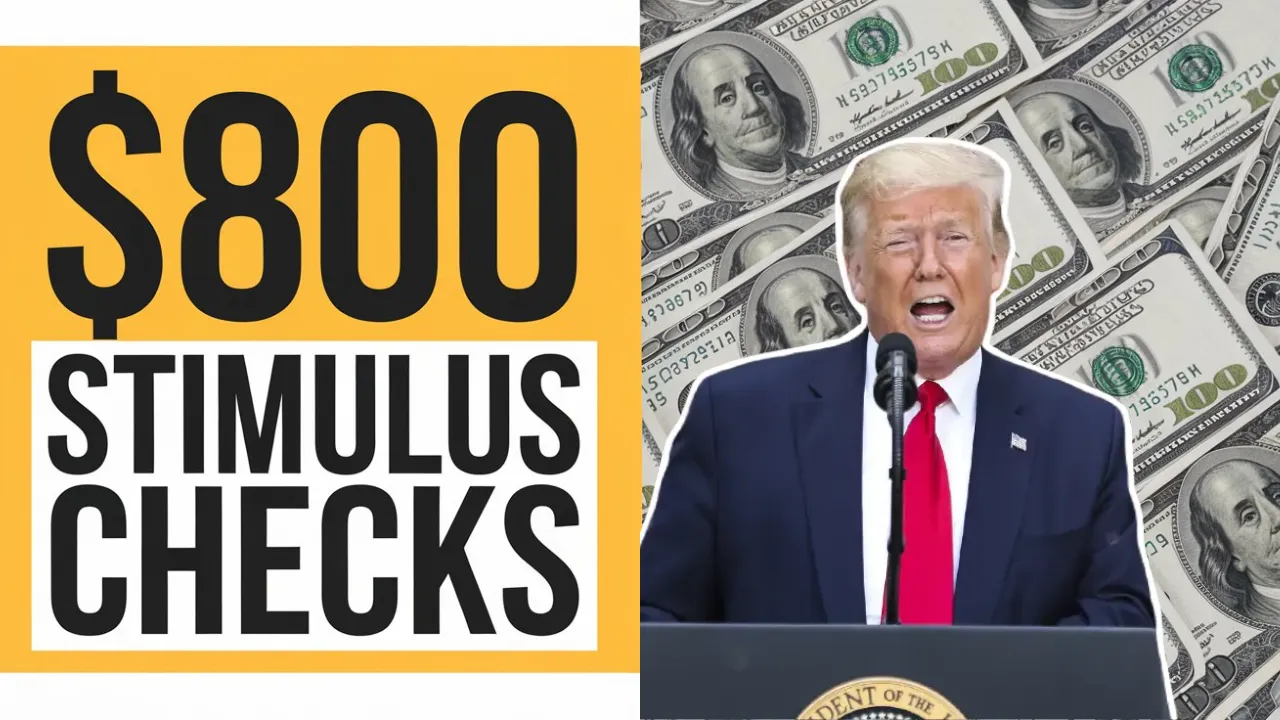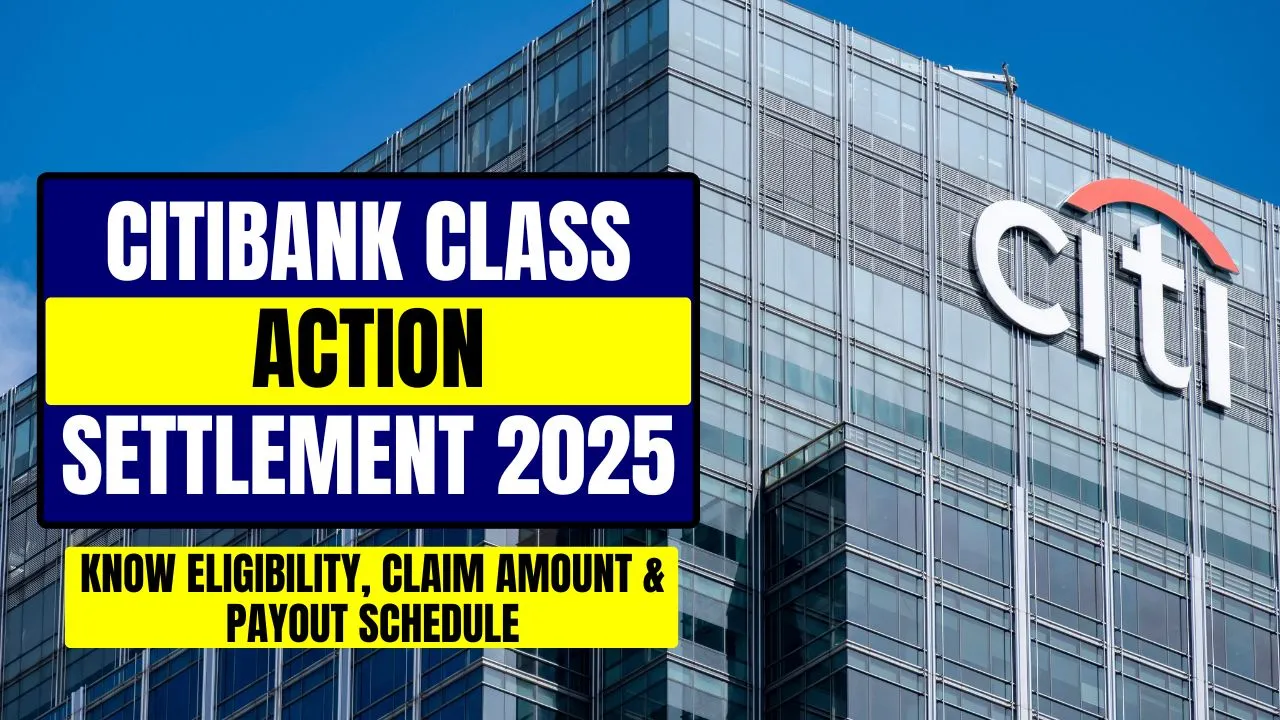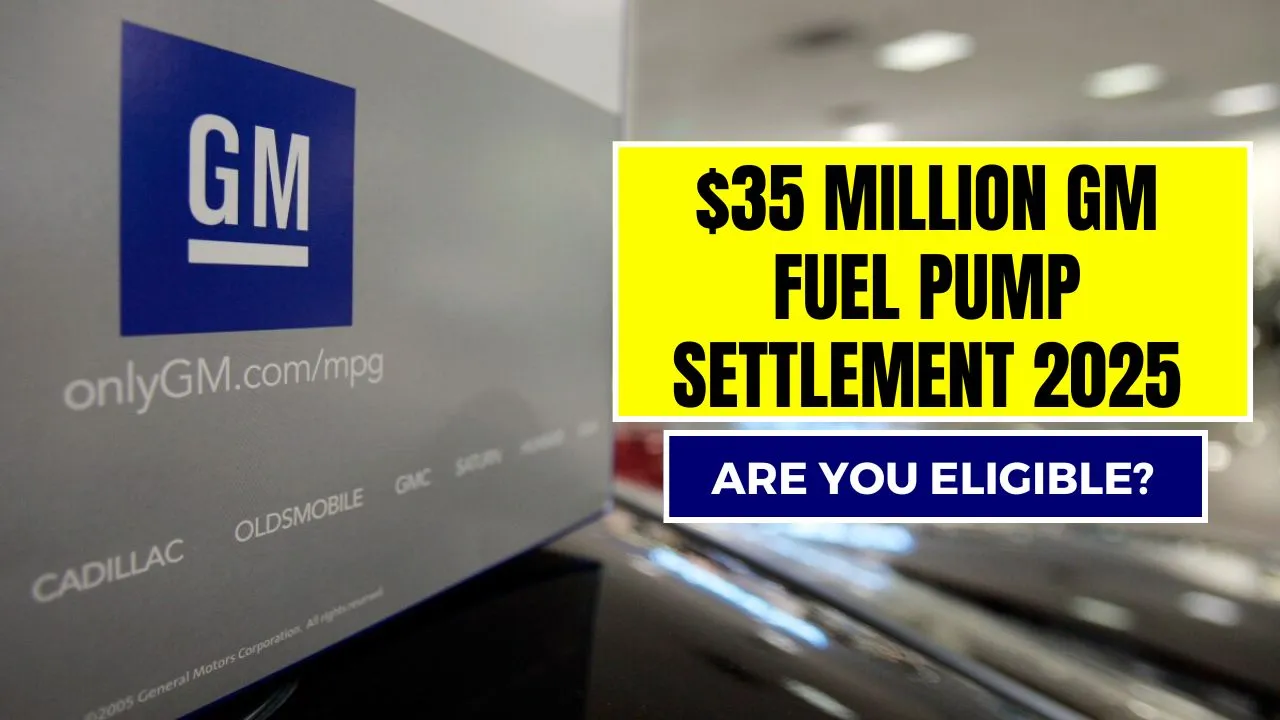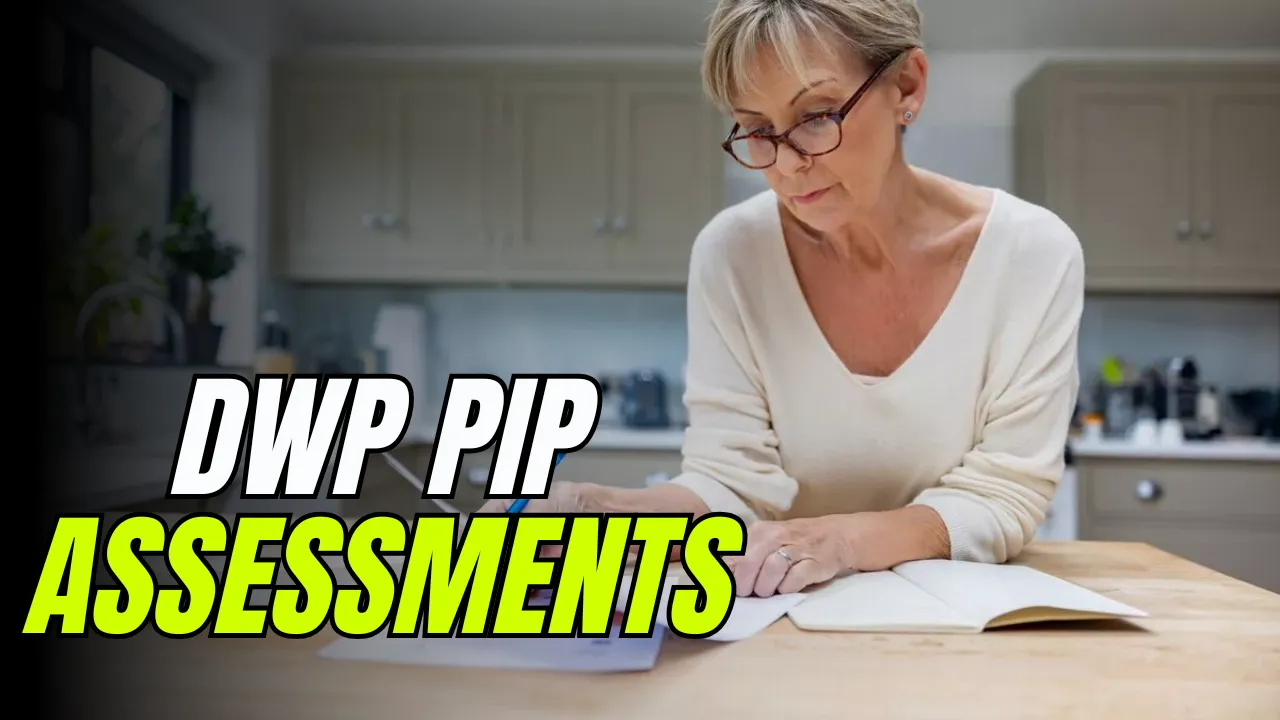Rising inflation in the United States has led to increased living costs, affecting many families across the nation. To provide financial support, the government is preparing to distribute the $800 stimulus check for beneficiaries. This initiative is designed to help eligible individuals manage essential expenses such as housing, healthcare, and food.
This article outlines the eligibility criteria, payment dates, and application process for the $800 stimulus check for beneficiaries. Read on to understand how to secure your payment and ensure you receive it on time.
Overview of the $800 Stimulus Check
| Details | Information |
| Stimulus Amount | $800 per eligible individual |
| Eligibility Criteria | Age, income, residency, and tax filing requirements |
| Payment Dates | February 15 to February 28, 2025 |
| Payment Methods | Direct deposit, paper check, or debit card |
| Administered By | Internal Revenue Service (IRS) |
| Official Website | www.irs.gov |
Purpose of the $800 Stimulus Check
The $800 stimulus check for beneficiaries is part of the federal government’s strategy to provide financial relief during economic uncertainty. Inflation and rising costs have placed a strain on household budgets, particularly for seniors and low-to-middle-income families. This one-time payment is intended to help cover essential expenses and maintain financial stability.
In addition to supporting individual households, this financial boost is expected to stimulate consumer spending, which benefits the broader economy. By providing direct financial assistance, the government aims to alleviate some of the financial pressure caused by inflation, ensuring that families can afford basic necessities without compromising their well-being.
Who Qualifies for the $800 Stimulus Check?
Eligibility for the $800 stimulus check for beneficiaries is determined based on several factors, including age, income, residency, and tax filing status. To qualify, individuals must meet the following criteria:
- Be at least 65 years old as of the date of distribution
- Hold U.S. citizenship or legal residency with a valid Social Security number
- Have an income within the specified limits:
- Single filers: Adjusted gross income (AGI) below $75,000
- Heads of household: AGI below $112,500
- Married couples filing jointly: Combined AGI below $150,000
- Have filed a 2024 tax return or used the IRS Non-Filer Tool if not required to file
- Individuals with disabilities must provide up-to-date medical documentation
For families with dependents under the age of 17, an additional $800 will be provided per qualifying dependent. Dependents over the age of 17 do not qualify for this additional payment.
Payment Schedule and Distribution Methods
The $800 stimulus check for beneficiaries will be distributed between February 15 and February 28, 2025. Most recipients should receive their payments by early March 2025. The exact timing may vary depending on the method of payment and the recipient’s financial institution.
Payments will be issued through one of the following methods:
- Direct deposit to the bank account listed on the recipient’s most recent tax return
- Mailed paper checks for individuals who have not provided direct deposit information
- Prepaid debit cards for recipients without bank accounts
Recipients can track the status of their payments using the IRS “Get My Payment” tool available on the official IRS website. This tool provides real-time updates on payment processing and expected delivery dates.
How to Apply for the $800 Stimulus Check
Applying for the $800 stimulus check for beneficiaries is a straightforward process. Follow these steps to ensure you receive your payment without delays:
- Verify that you meet the eligibility requirements, including age, income, and residency criteria
- File your 2024 tax return before the deadline on April 15, 2025, if you have not already done so
- Use the IRS Non-Filer Tool to submit your information if you are not required to file a tax return
- Confirm that the IRS has your current mailing address and bank account details
- Monitor your bank account or mailbox for the arrival of your payment
The IRS will automatically issue payments to eligible individuals who have filed their tax returns or provided their information through the Non-Filer Tool. However, it is essential to ensure that your information is accurate and up to date to avoid any delays in receiving your payment.
What to Do If You Don’t Receive Your Payment
If you have not received your $800 stimulus check by March 15, 2025, take the following steps to resolve the issue:
- Check the status of your payment using the IRS “Get My Payment” tool
- Verify that your 2024 tax return was filed correctly and that all information is accurate
- Ensure that your mailing address and bank account details are up to date with the IRS
- Contact the IRS if your payment status shows that the check was issued but not received
- Request a Payment Trace through the IRS if your payment was lost or stolen
Prompt action can help you avoid further delays and ensure that you receive the financial assistance you are entitled to.
Common Reasons for Payment Delays
Several factors can cause delays in receiving the $800 stimulus check for beneficiaries. Some of the most common reasons include:
- Incorrect bank account information provided on the tax return
- Outdated mailing address on file with the IRS
- Delays in processing tax returns due to errors or missing information
- Failure to use the IRS Non-Filer Tool if not required to file a tax return
- Issues with Social Security numbers or eligibility documentation for individuals with disabilities
To avoid these delays, ensure that all information submitted to the IRS is accurate and up to date.
Impact of the $800 Stimulus Check on Federal Benefits
Receiving the $800 stimulus check for beneficiaries will not affect eligibility for other federal benefit programs. This payment is considered a tax credit and is not counted as taxable income. As a result, it does not impact benefits such as Supplemental Security Income (SSI), Supplemental Nutrition Assistance Program (SNAP), Medicaid, or other government assistance programs.
Individuals receiving Social Security benefits will receive the stimulus payment automatically, without the need to take any additional action. The IRS will use the information provided by the Social Security Administration to process these payments.
Steps to Ensure You Receive Your Payment on Time
- Confirm eligibility based on age, income, and residency requirements
- File your 2024 tax return before the deadline of April 15, 2025
- Use the IRS Non-Filer Tool if not required to file a tax return
- Verify that your mailing address and bank account details are current with the IRS
- Track your payment using the IRS “Get My Payment” tool
Staying proactive and ensuring that all information is accurate can help you receive your payment without unnecessary delays.
Frequently Asked Questions (FAQs)
Q1: Who is eligible for the $800 stimulus check?
Individuals aged 65 or older with an adjusted gross income below the specified limits are eligible. Additional payments are available for dependents under the age of 17.
Q2: When will the stimulus checks be distributed?
Payments will be distributed between February 15 and February 28, 2025. Most recipients should receive their payments by early March 2025.
Q3: How will I receive my payment?
Payments will be sent via direct deposit, paper check, or prepaid debit card, depending on the information provided in your most recent tax return.
Q4: What should I do if I don’t receive my payment?
Use the IRS “Get My Payment” tool to check the status of your payment. If the payment was issued but not received, contact the IRS and request a Payment Trace.
Q5: Will the stimulus payment affect my eligibility for other benefits?
No, the $800 stimulus check is not considered taxable income and will not affect eligibility for other federal benefit programs such as SSI, SNAP, or Medicaid.
Conclusion
The $800 stimulus check for beneficiaries is a vital financial support measure aimed at helping seniors and low-to-middle-income households manage rising living costs. With payments scheduled for February 2025, eligible individuals should ensure they meet the criteria and have their tax information updated with the IRS.
Stay informed and proactive to receive your payment without delays. For more information, visit the official IRS website. Share this article with anyone who may benefit from this financial assistance, and feel free to leave a comment if you have any questions or experiences to share.













